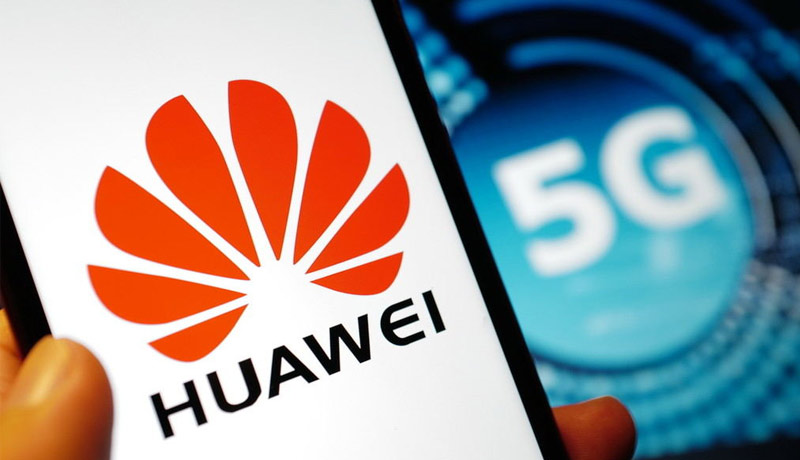
Huawei’s 5G RAN portfolio has been named a leader in Global Data’s recent H2 2021 study 5G RAN: Competitive Landscape Assessment for the third year in a row. This study is published every six months to assess the competitive advantages of 5G RAN products from leading RAN suppliers. In the H2 2021 study, Huawei’s product portfolio outperformed its competitors in all four criteria: radio unit portfolio breadth, baseband unit (BBU) capacity, ease of installation, and technical innovation.
Huawei’s radio product range considerably supports ubiquitous 5G gigabit experiences in terms of radio unit portfolio width. Huawei has gathered a number of advantages via continual innovation, allowing it to deploy in a variety of scenarios and propel the industry ahead. MetaAAU, for example, improves both coverage and energy efficiency, while BladeAAU Pro simplifies 5G deployment at sites with limited antenna space. 400MHz ultra-wideband AAU enables operators to use fragmented spectrum and build shared multi-operator networks, while sub-3 GHz 4T-8T-Massive MIMO multi-antenna ultra-wideband products improve spectral and energy efficiency while lowering costs.
These services can assist operators in upgrading their networks. According to the survey, Huawei has the most diverse portfolio of 5G radio devices for deployment in various circumstances.
According to the research, the Huawei BBU5900 tops the pack in terms of BBU capacity, with the most cells per unit volume and industry-leading 400 MHz mmWave cell capabilities. The Huawei BBU5900 protects operators’ return on investment as well as their capacity to handle future traffic growth.
Another criterion was the ease of installation, and Huawei’s 5G RAN portfolio already outperforms in terms of engineering and installation, with lightweight devices and small form factors. In addition, Huawei offers a number of unique technologies to make 5G rollout easier. These include a 19 kg 64T Massive MIMO AAU, which is light enough to be carried and installed by one person; a 10 kg 32T Massive MIMO AAU, which can be easily deployed in a street capacity scenario; and a Super BladeSite, which simplifies 5G deployment by eliminating the need for equipment rooms and cabinets.
Finally, in terms of technological advancement, Huawei’s breakthroughs may be found in a range of fields. For example, its Adaptive High Resolution (AHR) algorithm improves network capacity and user experience, its SingleCell solution makes efficient use of mid and low-band spectrum, the CloudAIR and SuperBAND solutions enable operators to efficiently coordinate 4G and 5G networks, and PowerStar 2.0 improves energy efficiency. Huawei is also interested in software innovation. Furthermore, Huawei was the first to suggest new 5.5G directions, with the goal of encouraging long-term 5G development.
Huawei will continue to prioritise user experience and industry needs. Huawei aspires to elevate the customer experience and introduce digital to all sectors via innovation and collaboration with partners around the world.
